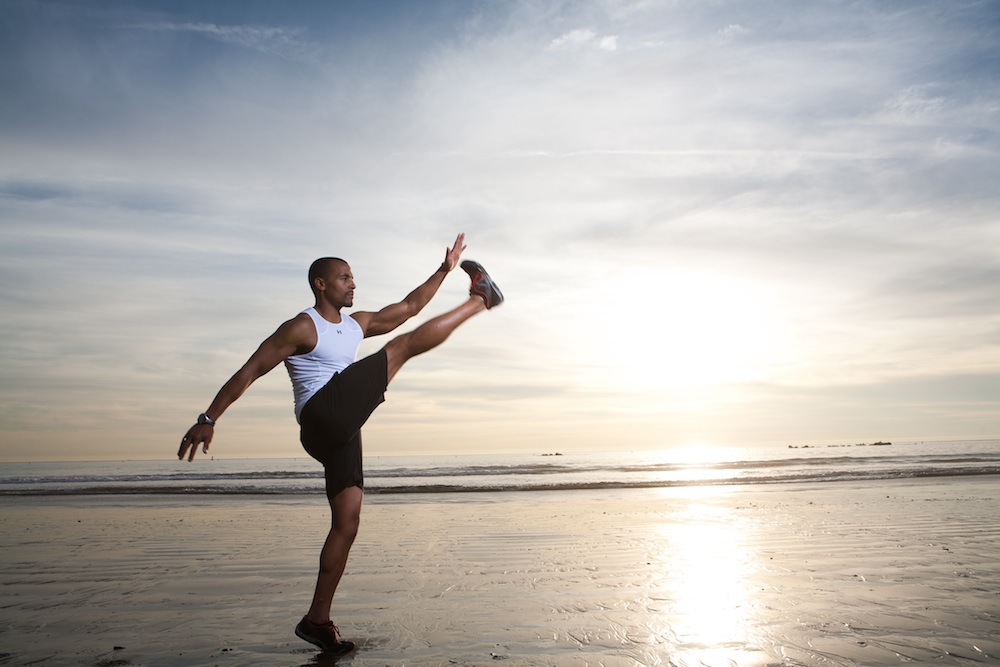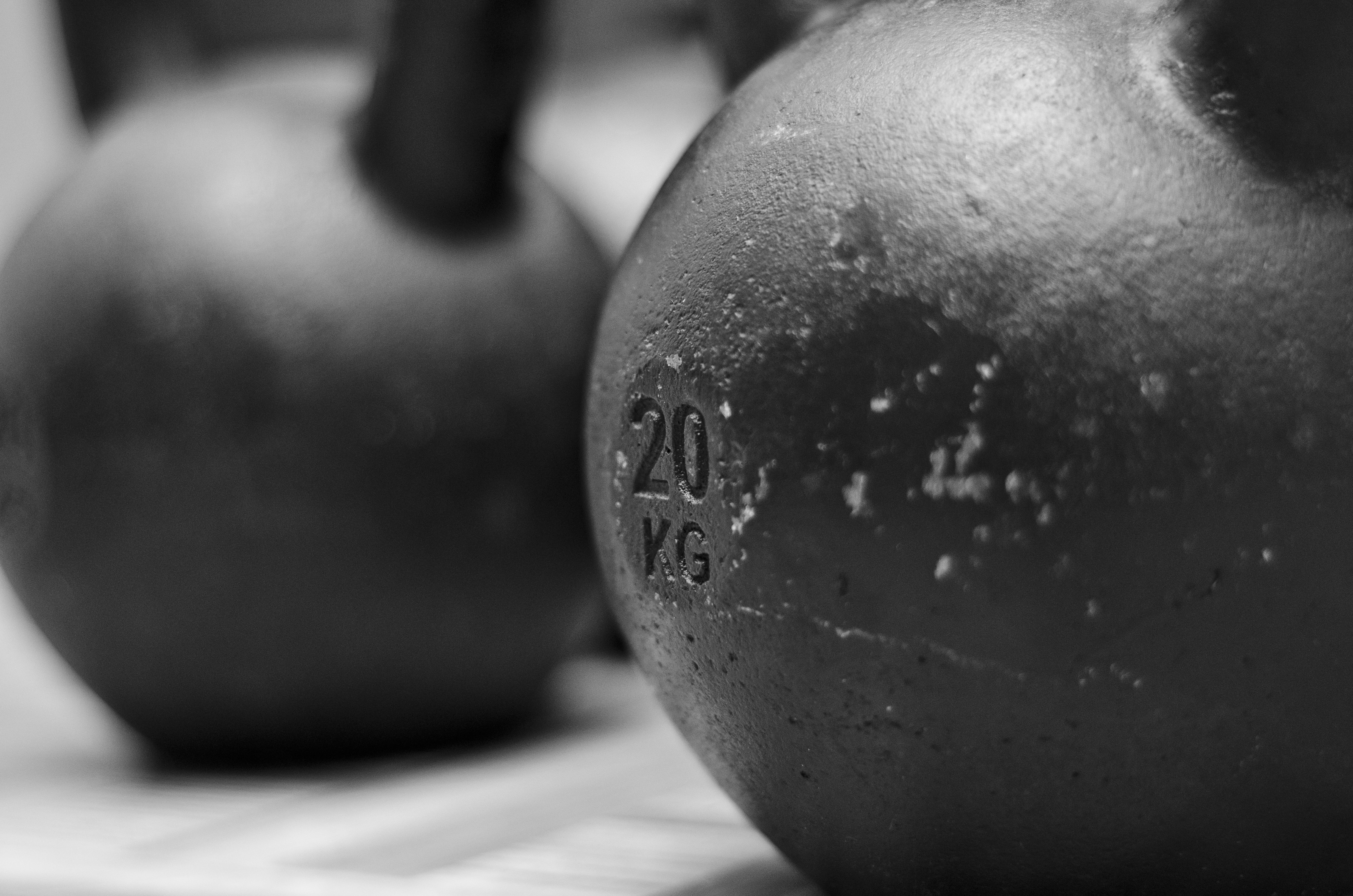Warming up is an important aspect of any practice or workout and it’s also one that is frequently misunderstood. This post will give you some thoughts about how to construct an effective warm-up.
The textbooks divide warm-ups into two phases; a general warm-up and a specific warm-up. For me this is a little constraining. I like to think that a good warm-up has three parts; a rhythmic movement, dynamic flexibility exercises, and event-specific movements.
Rhythmic movement
A good warm-up needs to begin with 2-5 minutes of some type of rhythmic movement. Normally we think of cardio with this; i.e. 2-5 minutes of jogging, stationary biking, or rowing. But, other rhythmic movements like heavy ropes, jumping rope, kettlebell swings, and suspension training exercises are appropriate for this. The idea behind this part of the warm-up is to elevate the heart rate, elevate the temperature of the muscles, and get blood flowing. All of these implements work for this.
Dynamic flexibility
The idea behind these exercises is to further prepare the body for work by moving the joints through their full range-of-motion. Unlike static stretching, these exercises increase range-of-motion, can be used to address specific areas that are prone to injuries (like the hamstrings), and they continue the process of getting blood into the joints and muscles. Examples include things like leg swings for the hips, inchworms for the hamstrings, arm circles for the shoulders, bear crawls for the upper body/lower body/core, etc. Normally these exercises are done for 5-10 minutes depending upon the nature of the upcoming workout and ambient conditions (hot, cold, etc.).
Event-specific
This is the part of the warm-up where parts of the movements are incorporated. It breaks the complex skills into their components and gradually puts them together. With this part of the warm-up, the skills are performed faster and more explosively allowing for a smooth transition to the actual workout.
What follows are examples of how to incorporate everything into several situations.
Example #1: Speed/agility training
Rhythmic movement: Could be a 400 meter slow jog, could be 2-5 minutes of battle ropes or kettlebell swings.
Dynamic flexibility (perform each for 20-40 meters, repeat 2-3x): Walking on toes, walking on heels, march, inchworms, walk while heel touches hip, lunges, leg swings, etc.
Event-specific (perform each for 20-40 meters, repeat 2-3x): high knee walk, heel-to-hip, bounds, stride length drills, stride frequency drills
Example #2: Strength training workout (heavy weights, squat is the first exercise)
Rhythmic movement: Could be a 2-5 minute stationary bike ride, could be 2-5 minutes of battle ropes or kettlebell swings or jumping rope
Dynamic flexibility: arm circles, bear crawls, push-ups, leg swings, lunges, side lunges, inchworms, march, walk on toes
Event-specific: pause squats
Example #3: Basketball
Rhythmic movement: jumping rope or battle ropes for 2-5 minutes
Dynamic flexibility: walking on toes/heels, ankle hops, march, inchworms, lunges, side lunges, shuffle, arm swings, push-ups, bear crawls
Event-specific: stand on one foot and perform chest passes, jump/stick landing, defensive shuffle right/left, ball control drills, shadow shooting drills, walking/jogging/running rebound drills
Example #4: Baseball
Rhythmic movements: jogging 2-5 minutes, battle ropes or kettlebell swings or jumping rope for 2-5 minutes
Dynamic flexibility: marches, lunges, leg swings, high knee drills, arm swings, bear crawls, shuffle, backpedal
Event-specific: sit on heels/throw, kneeling throws, throws



